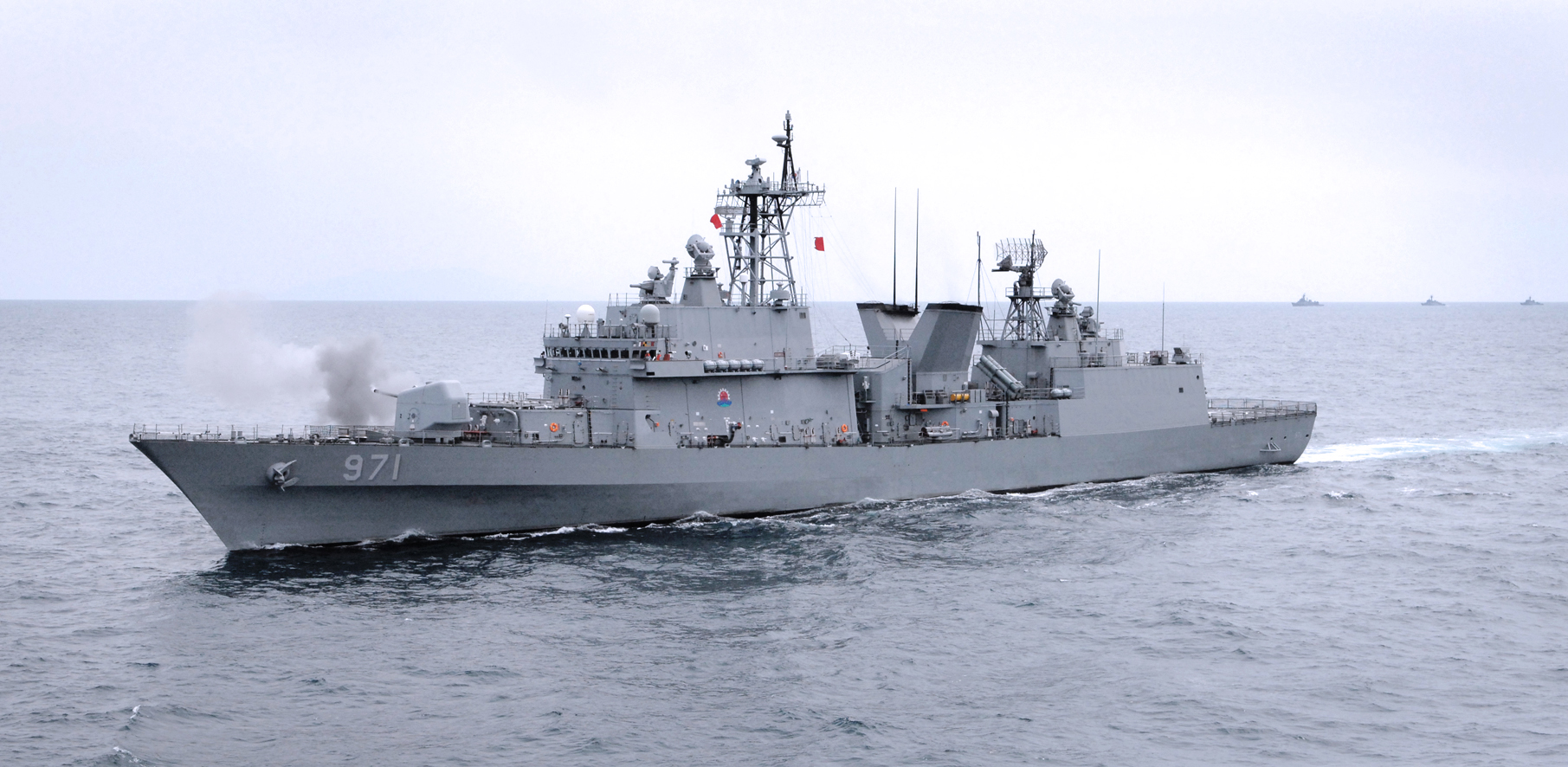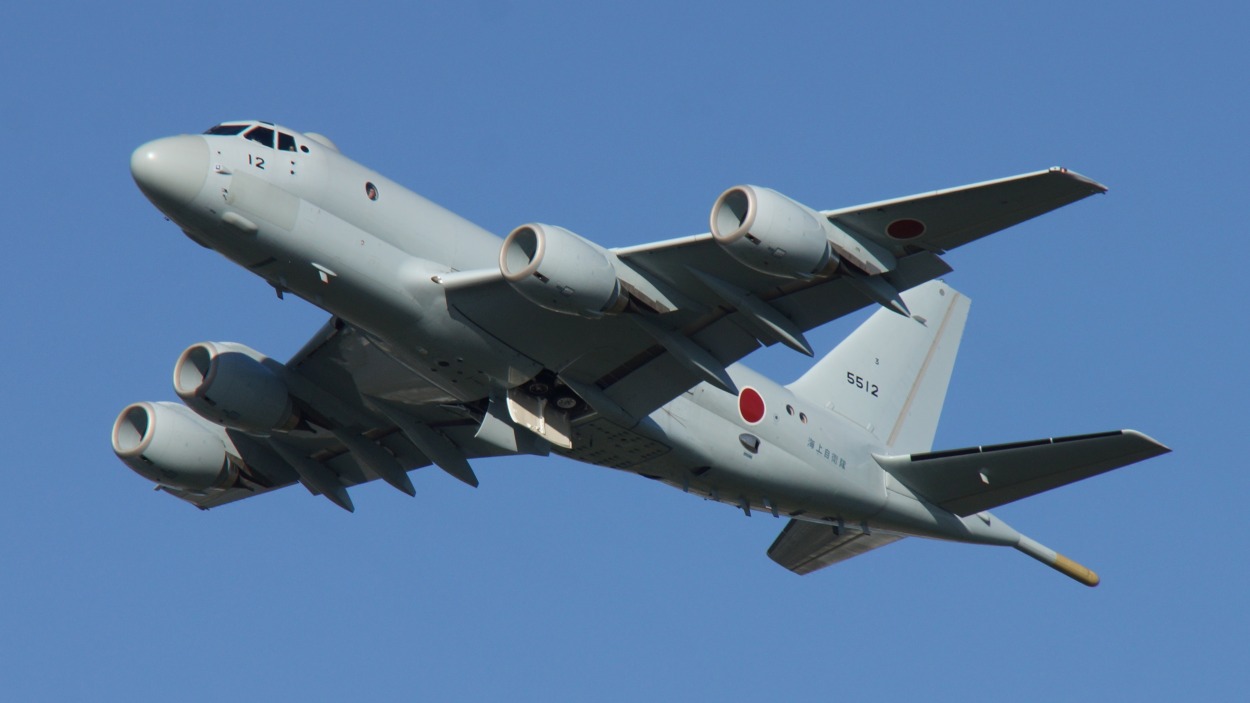On the 6th, the Japanese, US, and South Korean Coast Guard conducted the first joint search and rescue training. The training aimed to further boost cooperation among the coast guards of the three countries.
As bilateral ties between Japan and South Korea continue to blossom, the two countries have vowed to deepen cooperation to prevent the repeat of a naval row that happened between them in 2018, damaging already strained ties.
Japan and South Korea agreed on June 1 to resume defense exchanges and take action to prevent a recurrence of the 2018 incident in which a South Korean warship pointed its fire-control radar at a patrol plane of the Maritime Self-Defense Force.
In a meeting held on the sidelines of the Shangri-La Dialogue regional security conference in Singapore, South Korean Defense Minister Shin Won-sik and Japanese Defense Minister Minoru Kihara decided to revive communication between their respective defense ministries to repair their relationship and put their long-standing political differences on hold, at least for the time being, to concentrate on issues of mutual security.
Japan and South Korea have had similar concerns regarding North Korea’s threat to the region. In fact, Japan, South Korea, and China held their first-ever trilateral meeting with China’s premier, agreeing to revive the three-way cooperation in the face of shared challenges.
However, since all has not been well between South Korea and Japan, the two primary US allies in the region, the two sides decided to talk about resuming working-level defense talks, holding annual vice-ministerial defense talks, and reestablishing high-level contacts between the South Korean military and the Self-Defense Forces.
At this morning’s Shangri-La Dialogue, South Korea’s Defence Minister Shin to my Q on where ROK and Japan can expand bilateral cooperation to boost stability in the region:
‘Cooperation between South Korea and Japan is not a matter of choice but a must.’@IISS_org #SLD24 pic.twitter.com/iVKvAjWC1o
— Robert Ward (@RobertAlanWard) June 1, 2024
They also decided on a set of protocols for communication between the South Korean Navy and the Maritime Self-Defense Force to govern encounters at sea during peacetime. This is meant to avoid a repeat of the 2018 radar lock-on incident, which has long been perceived as impeding the development of bilateral military cooperation.
According to the Defense Ministry in Tokyo, the protocols to guarantee “smooth and safe” operations will follow the Code for Unplanned Encounters at Sea.
After a long hiatus, experts believe that the two countries are working to smoothen their differences as they face a common threat: North Korea. Several experts have noted that Pyongyang’s aggressive language and persistent provocations, such as its recurrent launches of ballistic missiles and other weapons, have helped to ease ties.
Moreover, Washington’s security partnerships with Seoul and Tokyo have also contributed significantly to the rapprochement, as Washington acts as a facilitator and connector, offering chances for collaboration. Following their three-way meeting at Camp David in August 2023, the United States, South Korea, and Japan have begun conducting trilateral drills. As per the US Forces Korea, the three nations conducted their third aerial drills in April.
That said, the recent interaction between South Korea and Japan hinged mainly on establishing mechanisms to avoid another naval confrontation like the one that happened in 2018. The stand-off between the two sides has become symbolic of the strain in their ties in recent memory.
When Japan & South Korea Locked Radars
In December 2018, an engagement between a vessel belonging to the Republic of Korean Navy (ROKN) and an aircraft belonging to the Japan Maritime Self-Defense Force (JMSDF) set off a long diplomatic spat even though no shots were fired on the fateful day. Unsurprisingly, both sides hold different versions of what happened.
The Japanese government maintains that on December 20, 2018, at approximately 3:00 p.m. (JST), a South Korean naval destroyer, ROKS Gwanggaeto the Great, directed its STIR-180 fire-control radar at a Kawasaki P-1 maritime patrol aircraft belonging to Fleet Air Wing 4 of the JMSDF. The aircraft was conducting surveillance off the Noto Peninsula in the Sea of Japan at the time.

Japan laments that the Code for Unplanned Encounters at Sea (CUES) was broken when fire-control (FC) radar was pointed toward an aircraft. This is because locking onto the FC radar is typically interpreted as a hostile act that occurs one step before the actual shooting. The MOD went on to state that the P-1 plane was repeatedly and continuously exposed to radar radiation for a significant period.
However, the South Korean government refuted Japan’s allegations, claiming that when the Japanese plane arrived at the scene, it was using a MW08 radar rather than an STIR-180 radar (FC radar) to rescue a North Korean ship.

The MW08 radar is a three-dimensional radar that can direct a gun against targets on the surface. It is useful for medium-range air and surface surveillance, target acquisition, and tracking. The South Korean side explained that while the MW08 is not linked to the destroyer’s fire control system, it can be used as an FC radar.
Furthermore, South Korea asserted that while the warship was assisting in the rescue of a North Korean fishing boat in distress, the Japanese aircraft continuously performed a menacing “8-shape” fly at a distance of 500 meters (1,600 feet) and an altitude of 150 meters (490 feet).
In the days that followed, the Japanese side continued to build pressure on South Korea, while the latter accused Tokyo of antagonizing the country by leveling false allegations. Tokyo also released a video of the engagement between the two sides about the aircraft’s communication with the South Korean vessel, which seemed to have been ignored by it. Seoul lambasted the video as an attempt at presenting facts “inaccurately.”
This set off tensions between the two sides that have had a great deal of political and historical differences.
After the latest round of discussions, Japanese Minister Kihara told reporters in Singapore, “We believe that the fire-control radar lock-on incident, which has been a long-standing concern, has been prevented from recurring.”
He continued, saying, “We intend to activate Japan-South Korea defense cooperation and exchanges based on the results of today’s meeting.” Later, another official from the Defense Ministry told reporters that this would start as soon as feasible, as reported by The Japan Times.
“We have not changed our position on the facts. … If we continue to neglect this issue in Japan-South Korea relations, I think it is conceivable that it will recur. This is a life-threatening issue for the Maritime Self-Defense Force, and we must not allow it to happen again,” he said.
When asked about the documents’ lack of clarity on the various accounts of the radar lock-on event, Kihara drew focus on how urgent it was to mend defense ties.
He further explained, “Although there are differences in the positions of both sides, each side’s claims remain unchanged, but if an incident were to recur, it would be irreversible, so we have decided to take measures to prevent recurrence.
- Contact the author at sakshi.tiwari9555 (at) gmail.com
- Follow EurAsian Times on Google News




